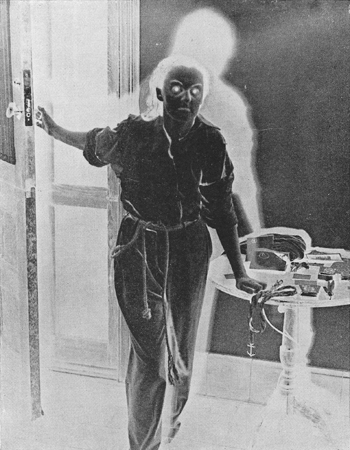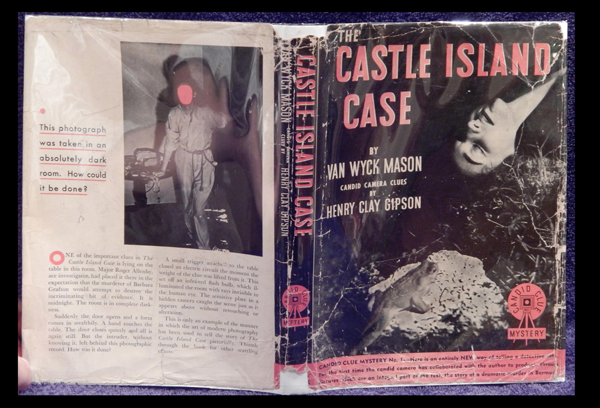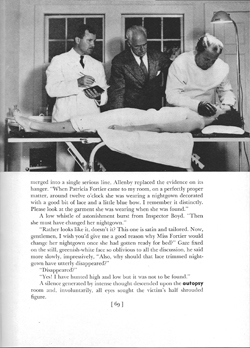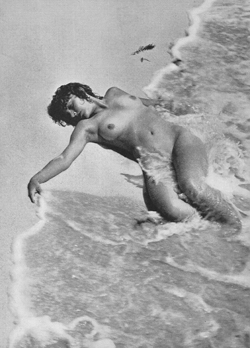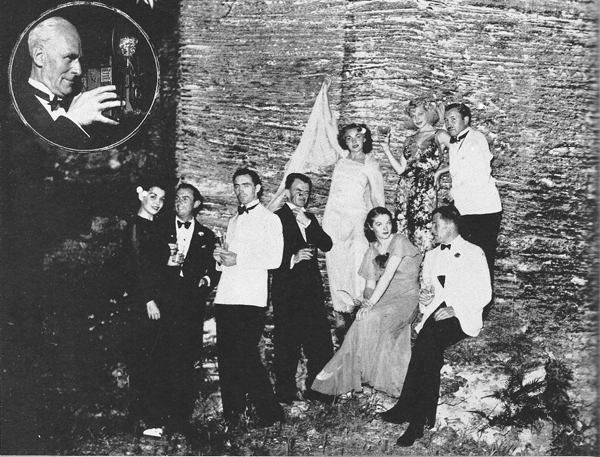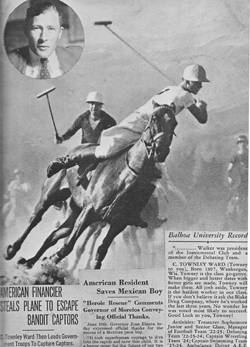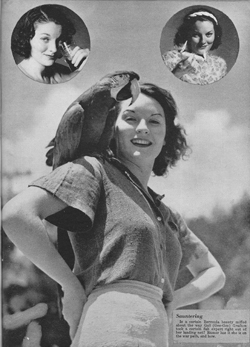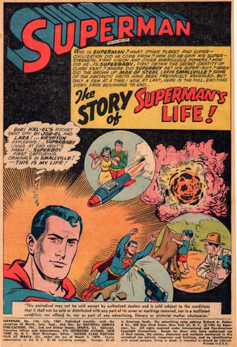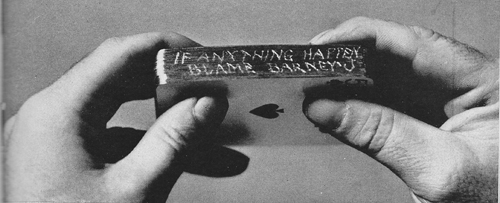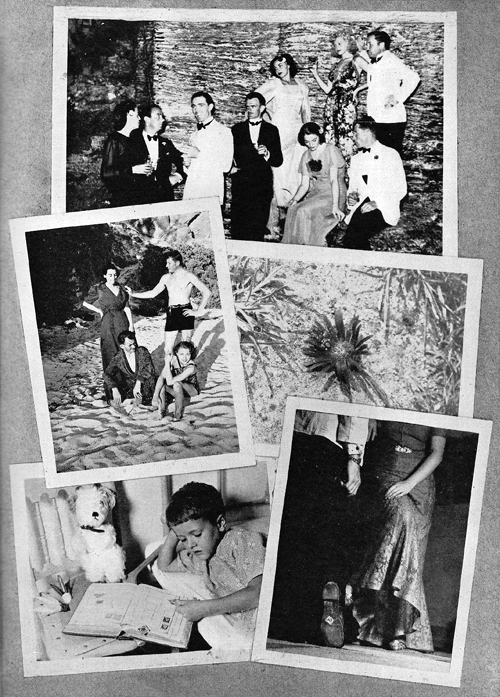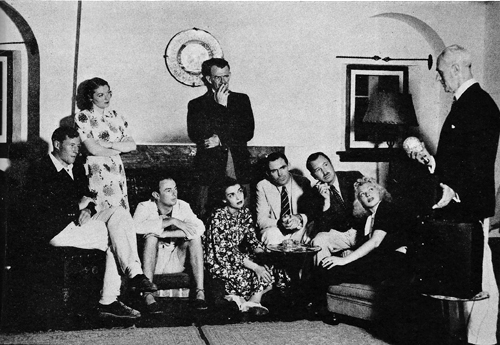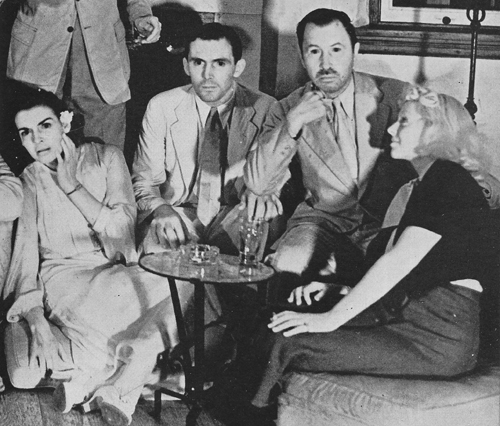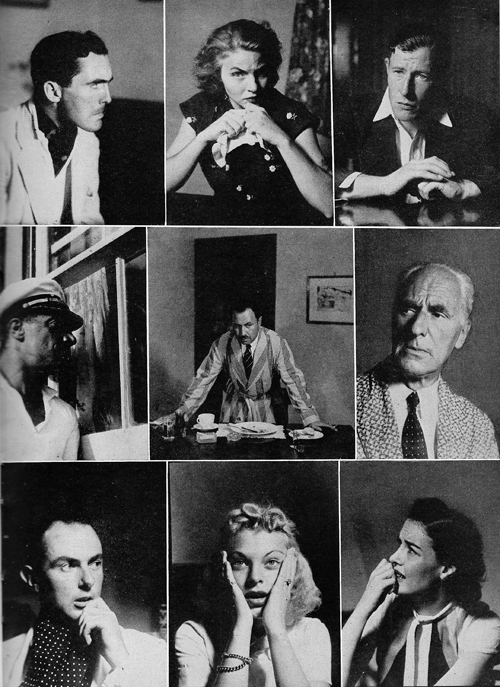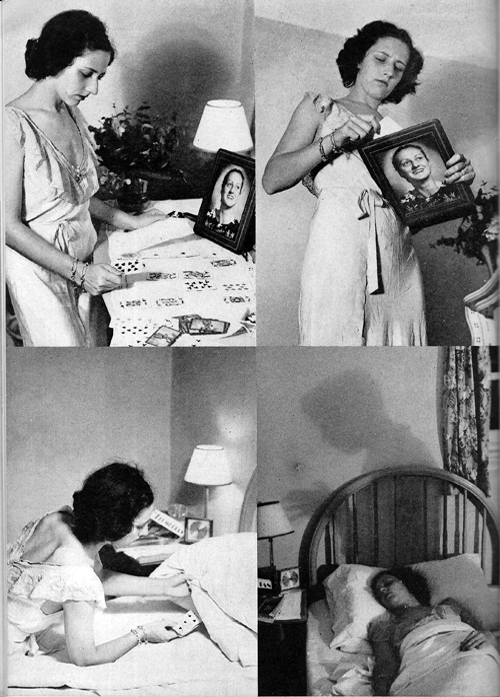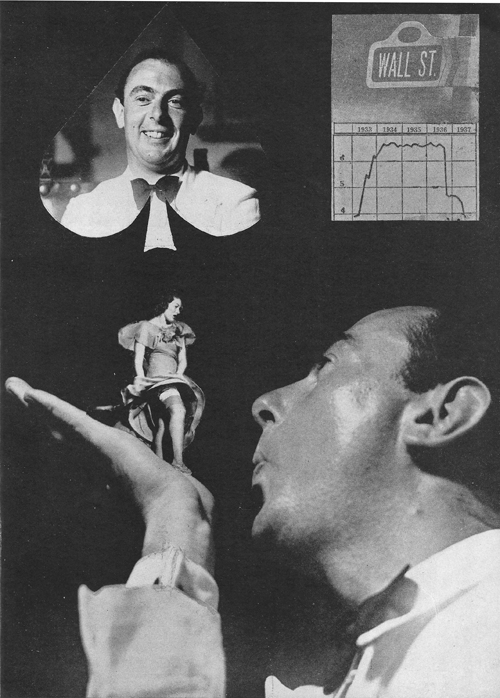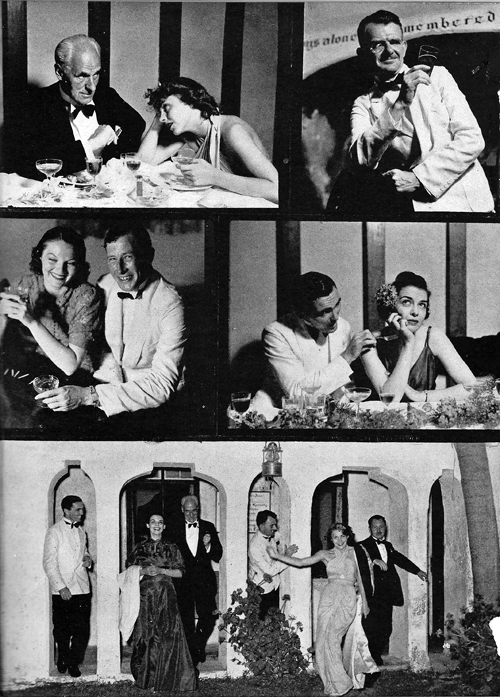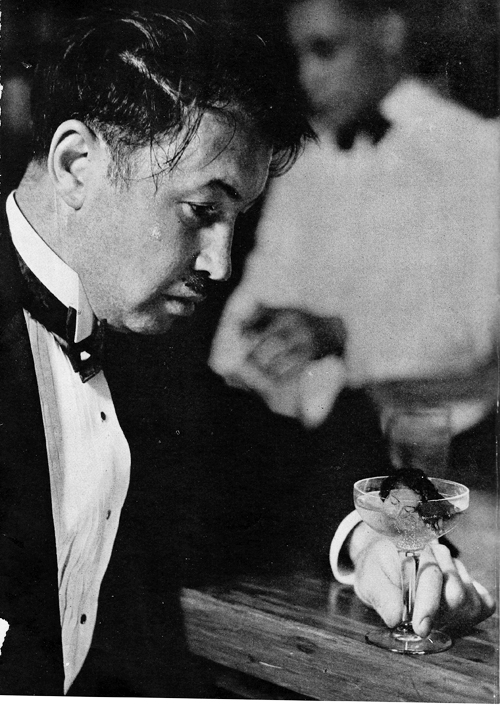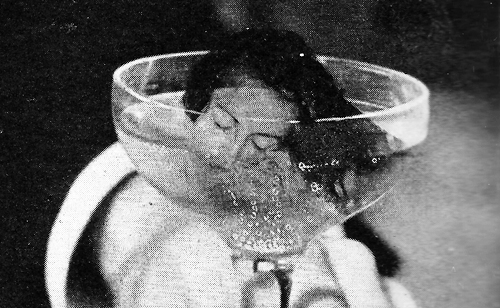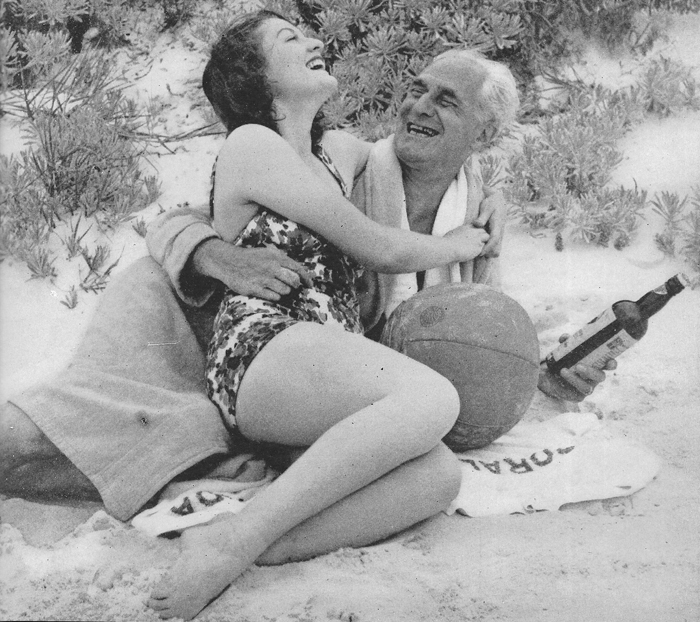What you see is what you guess
Sunday | June 20, 2021 open printable version
open printable version
The Castle Island Case (1937).
DB here:
In the 1920s and 1930s, stories of mystery and detection became hugely popular in Anglophone countries. Britain’s “Golden Age” of whodunits, launched by Agatha Christie and Dorothy Sayers, was rivaled by the emergence of American hardboiled detection, personified by Dashiell Hammett and other writers for the pulp Black Mask. Some of the detectives, such as Philo Vance and (alas) Ellery Queen, are largely forgotten today, but others remain towering figures of popular culture. Surprisingly, new Sherlock Holmes stories were still appearing in the 1920s. In addition, there emerged Hercule Poirot, Lord Peter Wimsey, Charlie Chan, Sam Spade, Nick and Nora Charles, Nero Wolfe, Philip Marlowe, and Perry Mason (recently revised in a noir version for streaming). Fiction, film, comic strips, and radio all disseminated their adventures. Nancy Drew and the Hardy Boys were aimed at the kids.
Amid this vast 0utput, writers needed to differentiate their work. The search for gimmicks was on, and a few were, as we’d say now, a little interactive. Since the classic detective plots centered on puzzles, publishers added games and playful ancillaries to their books.
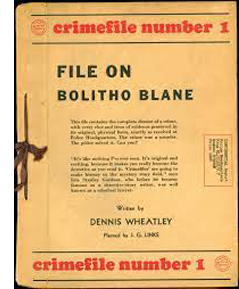 Some novels were published with the last chapters sealed, daring buyers to resist curiosity and return the book for a refund. A novel (The Long Green Gaze, 1925) might tuck clues into crossword puzzles (another 1920s fad) that the reader had to solve. Books came packaged with jigsaw puzzles (The Jig-Saw Puzzle Murder, 1933; Murder of the Only Witness, 1934). “Murder dossiers” like File on Bolitho Blane (aka Murder in Miami, 1936) assembled facsimile documents accompanied by matchsticks, strands of hair, bloodstained scraps of fabric, and other physical clues. The party game of Murder, in which guests were assigned roles of victim, culprit, witnesses, and detectives, became a craze and was, naturally, incorporated into novels (Hide in the Dark, 1929).
Some novels were published with the last chapters sealed, daring buyers to resist curiosity and return the book for a refund. A novel (The Long Green Gaze, 1925) might tuck clues into crossword puzzles (another 1920s fad) that the reader had to solve. Books came packaged with jigsaw puzzles (The Jig-Saw Puzzle Murder, 1933; Murder of the Only Witness, 1934). “Murder dossiers” like File on Bolitho Blane (aka Murder in Miami, 1936) assembled facsimile documents accompanied by matchsticks, strands of hair, bloodstained scraps of fabric, and other physical clues. The party game of Murder, in which guests were assigned roles of victim, culprit, witnesses, and detectives, became a craze and was, naturally, incorporated into novels (Hide in the Dark, 1929).
The most outrageous of these extramural activities was Cain’s Jawbone (1934). The 100-page story purports to be a mystery novel whose whose pages were accidentally printed and bound out of order. There is, the reader is assured, only one correct sequence, although “the narrator’s mind may flit occasionally backwards and forwards in the modern manner.” The publisher offered a prize to the first reader who could submit the correct ordering–and, not incidentally, name both the murderer(s) and the victim(s). Only two people hit on the answer, which still remains unknown to the public.
Even quite well-known writers joined in. The original editions of Sayers’ Five Red Herrings (1931) left a page blank so that the reader could jot down a guess at what Lord Peter asked the police to find at the murder scene. Sayers was quite proud of “this little stunt,” and floated the possibility of printing the missing passage in a sealed page at the end of the book. She also wrote a Lord Peter story that invited the reader to solve a rather recondite crossword. Q. Patrick composed a murder dossier, The File on Claudia Cragge (1938).
Less immersive but still pretty interesting was my topic of today. I think it coaxes us to think about how pictures and text can interact, and how a book can borrow film techniques. In addition, it has enough weird touches to make it a remnant of a period in desperate search of storytelling novelty. You know, like ours.
More highly seasoned than most
With The Castle Island Case (published September 1937) a fairly famous author, Van Wyck Mason, introduced what he considered “a brand-new method of telling a mystery story.” That method involved accompanying the novel with staged photographs of the characters, clues, and crime scenes. Mason insisted that he and photographer Henry Clay Gipson came up with the idea before the first murder dossier (1936) and before Look magazine’s “Photocrime” series, which began running in June of 1937.
Novels had long been illustrated; our undying conception of Holmes owes a good deal to Sidney Paget’s vivid drawings in the original stories. And comic books, which had begun telling long-form stories in the 1930s, showed that pictures (helped out by verbiage) could sustain plots. But photography changes the status of the image. Mason believed that photos could be not “mere illustrations but an essential, integral part” of the novel.
Interestingly, he doesn’t rest his case on realism, the idea that the story would seem more plausible if it contained documentary images. But surely the appearance of a photographic record gives a forensic quality to the shots of clues and corpses. At the period, tabloids and even “family” magazines like Life and Look were incorporating gory crime-scene images.
In The Castle Island Case, as befits fiction, these are more artfully composed. The shots of Allenby at an autopsy and of a topless woman washed onto the beach, we’re told, “were a very definite part of the story and were not included merely for effect.”
Still, they are a bit startling in their prim sensationalism. (One reviewer: “A thriller more highly seasoned than most.”) The book’s up-and-coming publisher, Reynald & Hitchcock, had developed a reputation for daring: it published Hitler’s Mein Kampf in a complete translation the same year as Mason’s novel. Later the firm would issue policy books from a liberal standpoint and, in 1944, the controversial Lillian Smith novel Strange Fruit.
For the shoot Reynald & Hitchcock flew the cast to Bermuda, where Mason lived. The story incorporated the exotic scenery and local life, notably a Gombey performance. Mason and Gipson accumulated about 600 stills in ten days, and they checked their results immediately, processing films far into the night. The finished book includes 180 or so shots, printed alongside text on glossy paper and bound in a large 7½ x 10-inch trim size that make them easy to study. An essential hook, trumpeted on the dust jacket, is that you can examine the pictures to find evidence that the text doesn’t mention. This was to be the first in a series of “Candid Clue Mysteries”–crime traces captured by the candid camera.
Picture this
Major Roger Allenby has flown to Bermuda to help an old friend whose daughter Judy has gone missing. She was serving as secretary to millionaire Barnard Grafton. Allenby arrives under the pretext of joining Grafton’s shady business deal with the president of Ecuador. Grafton is hosting other potential investors and several female guests. The set-up is a classic mystery situation: an isolated setting and a small group of wealthy people, some of whom will die or disappear, leaving the others as suspects. Soon Judy’s sister Patricia, who has replaced her on Grafton’s staff, is murdered.
The photos are of three types. One operates as classic illustrations, showing all the characters from an impersonal perspective. So Allenby can be seen among others, as in the rather Straub/Huilletian autopsy image above. A second type of images is more “omniscient” and free-ranging, filling us in on background information.
Mason declared that the photos could save time on exposition. Instead of describing the characters and settings, he could just show them. But he didn’t mention that, apart from Allenby, most major characters are introduced in abstract photomontages, not candid snapshots. The first one we see is devoted to wastrel C. Townley Ward. He’s presented in a collage of pictures and news clippings.
The page devoted to Ward could have been replaced with paragraphs of backstory. But the layout coaxes the reader into a process of scrutiny that’s probably more intense than scanning prose. Are there clues in the images or the clippings? This crammed page, coming early in the book, encourages the reader to look carefully at the pictures that follow. This attention wouldn’t necessarily be aroused by traditional drawn or painted illustrations.
Sometimes, as in the page devoted to jaunty Kathleen Manship, the layout recalls comic-book splash pages.
A second sort of photos accords with Allenby’s restricted viewpoint. He has brought his camera along, so some images, like the nude shot on the beach, are represented as his recording of a crime scene.
Naturally Allenby films letters and other obvious clues, and he sets traps to gain evidence. He rigs up an automatic camera device to capture an intruder, but to sustain suspense Mason shows us the negative first, then postpones revealing the person exposed (as above).
Sometimes, though, it’s Allenby’s casual snapshots that accidentally capture items whose significance is apparent later. In all, Mason tries to play fair with the reader. If you page back after the solution is revealed, you can find that indeed the clue was there (however tiny). In good mystery-mongering fashion, however, some pages are red herrings. They contain no clues, but you’re likely to study them anyhow.
Photography also helps us grasp clues that are more vivid than a prose description could provide. My favorite is the telltale pack of playing cards left behind by Patricia after her death. Trying them out in different sequences, Allenby notices that they contain tiny nicks on their edges. Odd phrases in Judy’s purported suicide note suggest a code the sisters shared, so after cracking that and arranging the cards accordingly, Allenby finds that the nicks yield a message.
I think that the picture makes the discovery livelier than an account in the text would be.
As in many detective stories, the clues are summed up before the detective reveals the solution. Here, Mason gathers up the most relevant photos Allenby has taken, challenging the reader to draw the right conclusions.
Another plot convention: the final assembly of the suspects for a public revelation of guilt. In this book, it’s done through Allenby’s setting a trap. He will take an infrared picture that will, during a crucial moment of darkness, expose the killer. The exercise neatly brings together the objective, omniscient type of photo and Allenby’s eyewitness shots. First we see the entire scene, including Allenby. Then his camera’s record is presented in radically washed-out tones, suggesting a different film stock. (The second frame below is a detail from the climactic two-page spread, to avoid a spoiler.)
Movies on the page
The gimmickry of The Castle Island Case is enlivened by some features that go beyond puzzle and fair play. The book breaks its own rules, sometimes in ways that recall films. For example, we get a cluster of reaction shots of the characters responding to news of Patricia’s death.
The pictorial narration running alongside the text sometimes breaks from our restriction to Allenby’s viewpoint for the sake of a cinematic effect. As he broods on the danger Patricia is in, the book “cuts away” to her in her bedroom. Four images show her sorting the playing cards, slipping the suicide note into a picture frame displaying her sister’s photo, tucking the pack of cards under her pillow, and–ultimate movie touch–sleeping while a clutching shadow hovers over her.
Still later, the book will present a pictorial flashback, complete with angle changes, to show what led to Judy’s disappearance. There’s also a photomontage illustrating Terry James’ freewheeling lifestyle that calls to mind the turbulent montage sequences of Slavko Vorkapich.
The book’s debt to cinema is perhaps most obvious in its last image, a clinch that traditionally closes a Hollywood movie. (See below.) Far stranger is the sequence devoted to the drinks-and-swims party.
One page presents the guests hanging out, with the bottom one suggesting a party snapshot not taken by Allenby, although he’s in it.
Facing this page is a curious portrait, evidently not taken by Allenby, showing a morose Grafton staring into his drink.
What’s he looking at? Inside the champagne glass is the head of an apparently drowning woman.
Is this a tipoff to the reader that Grafton killed Patricia? At the end we’ll realize what it means, but here it seems to offer a peculiar access to his mind, certainly beyond Allenby’s range of knowledge. In a film, the image might be an abrupt, enigmatic flashback to be explained later. Frozen on the page, and looking so different from the other photos we’ve seen, this hallucination turns into kitsch surrealism.
Nothing ever really goes away. Perhaps the murder dossiers transmogrified during the 1940s into the board game Clue (aka Cluedo). The Wheatley ones were reprinted in the 1980s and apparently caught on for a new generation. The Choose Your Own Adventure children’s books included mysteries that allowed some interactivity, anticipating the branching options of our investigation-driven videogames. And today’s jigsaw puzzle called Alfred Hitchcock is explained:
Alfred Hitchcock isn’t just another jigsaw puzzle – it’s a mystery waiting to be solved. First, read about a psychotic fan who’s obsessed with Hitchcock’s classic films. Next, assemble the puzzle and uncover hidden clues to solve the mystery.
 Mason’s “Candid Clue Mystery No. 1” had no successors, but writers didn’t give up on trying to integrate images into mystery plots. Rex Stout tried it, with awkward results, in two Nero Wolfe stories. (One, naturally enough, appeared in Look magazine.) In Murder Draws a Line (1940), Willetta Ann Barber and R. F. Schabelitz divide the labor between a Nick-and-Nora couple. The wife writes the text and the husband, a professional artist, illustrates it with sketches and diagrams of their efforts to solve the crime.
Mason’s “Candid Clue Mystery No. 1” had no successors, but writers didn’t give up on trying to integrate images into mystery plots. Rex Stout tried it, with awkward results, in two Nero Wolfe stories. (One, naturally enough, appeared in Look magazine.) In Murder Draws a Line (1940), Willetta Ann Barber and R. F. Schabelitz divide the labor between a Nick-and-Nora couple. The wife writes the text and the husband, a professional artist, illustrates it with sketches and diagrams of their efforts to solve the crime.
The text-plus-photos books aren’t truly interactive. Nothing we do can adjust the text or create feedback. But they extend the possibilities of a narrative attitude encouraged by the mystery genre.
Classic detective novels and short stories rely on a type of close reading. We’re expected to scrutinize descriptions of locales and behavior for cleverly planted traces of what’s really going on. Agatha Christie has a genius for mentioning items that we read over, thanks to misdirection and the blandness of her prose, but even hardboiled novels bury verbal clues so as to play fair. A slip of the tongue that we probably miss leads Sam Spade to Bridgid O’Shaughnessy’s guilt.
Knowing that authors aim to mislead us through language, we read with a greater degree of suspicion than we bring to other genres. By extending this attitude to images as well as words, gimmicks like The Castle Island Case encourage us to consider how the pictures may tell the story, or sabotage our understanding of it. That’s what movies have done as well. We shouldn’t be surprised that these oddball efforts call on familiar storytelling schemas of classical cinema.
Chapter 17 of Martin Edwards’ splendid The Life of Crime: Unravelling the History of Fiction’s Favorite Genre, reviews many more of these Golden Age games. It’s due out from Collins in May of next year, but in the meantime visit Martin’s bountiful website and proceed to sample any of his vast output of novels, anthologies, and histories of detective fiction.
For background on Cain’s Jawbone, go to this account in The Guardian. It was reissued in 2019, as both a book and a set of cards (now very scarce). The publisher, appropriately called Unbound, offered a prize of £1000 for the first solution. The prize was won by a comedy writer who cracked the puzzle while housebound during the Covid-19 pandemic.
Dorothy Sayers’ remark on her Five Red Herrings ploy comes from Janet Hitchman, Such a Strange Lady: A Biography of Dorothy L. Sayers (New York: Avon, 1976), 88-89. The Sayers story using a (very tough) crossword puzzle is “The Fascinating Problem of Uncle Meleager’s Will” (1925).
My quotations from Van Wyck Mason come from “The Camera as a Literary Element,” The Writer 51, 11 (November 1938), 325-326. The review I quoted, unsigned, appeared in “The Criminal Record,” The Saturday Review (9 October 1957), 28.
The Rex Stout Nero Wolfe stories inserting photographs are Where There’s a Will (1940) and “Easter Parade” (1957), reprinted in And Four to Go (1958). I don’t talk about them here.
Thanks to Peter McDonald for introducing me to Virginia, The Shivah, Blackwell Unbound, and other mystery-driven videogames.
P.S. 25 June 2021: Alert reader and old friend Jonathan Kuntz reminded me of other interactive mystery platforms, including the Secret Cinema screenings. He also mentions non-mystery boardgames that let you replay films, as in The Thing and The Lord of the Rings.
P.P.S. 28 June: Alert reader and mystery maestro Mike Grost traces a chain of association to the champagne-glass image. Van Wyck Mason published a story called “The Enemy’s Goal” in Argosy (18 May, 1935). That story was adapted by Joseph H. Lewis for a film, The Spy Ring, released in 1938, and there a character summons up a mental image in a champagne glass. I haven’t seen the film, but Mike suggests that such subjective shots are fairly rare in Lewis films. He thanks Francis M. Nevins for finding the link, and I thank both.
The Castle Island Case (detail).












